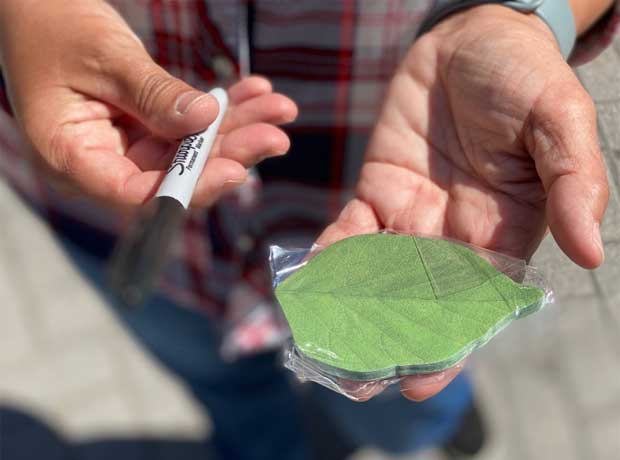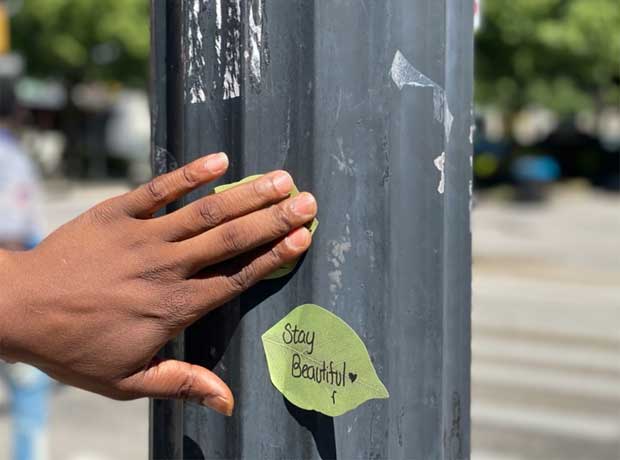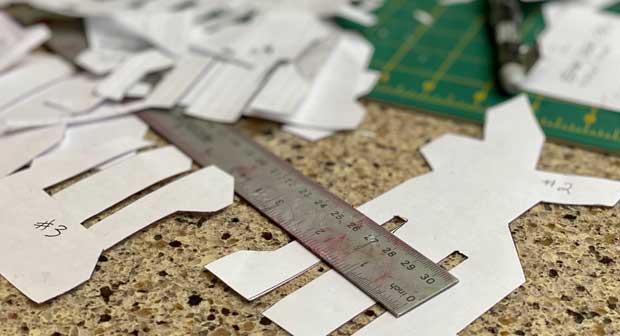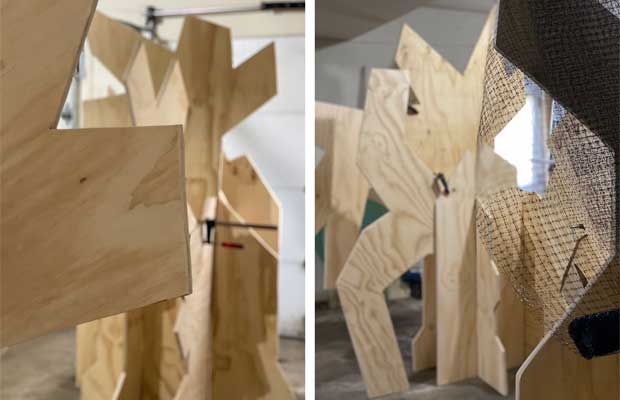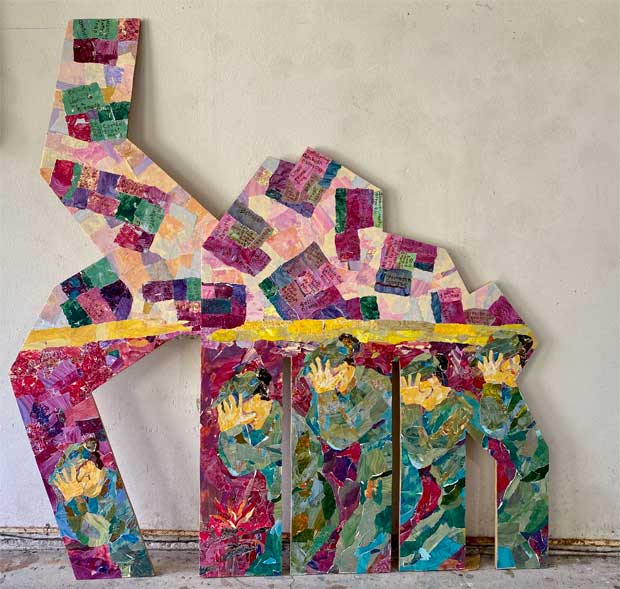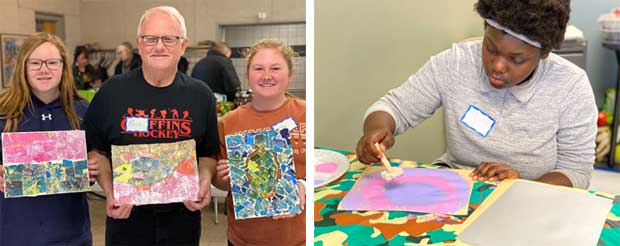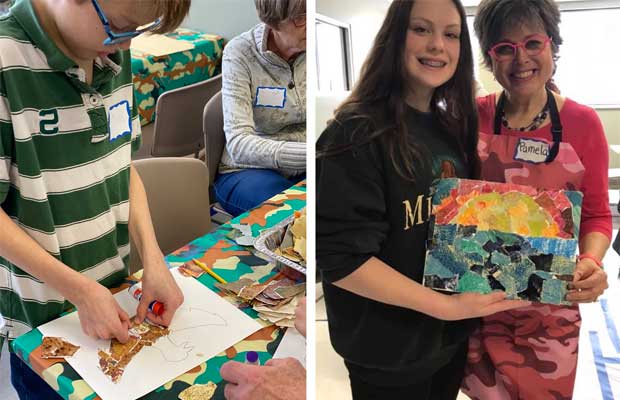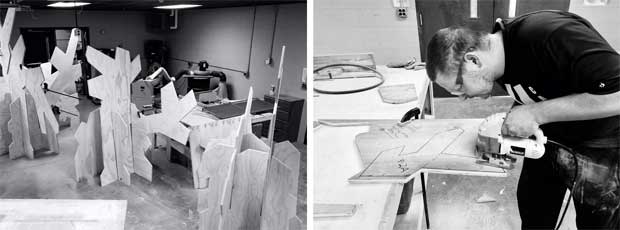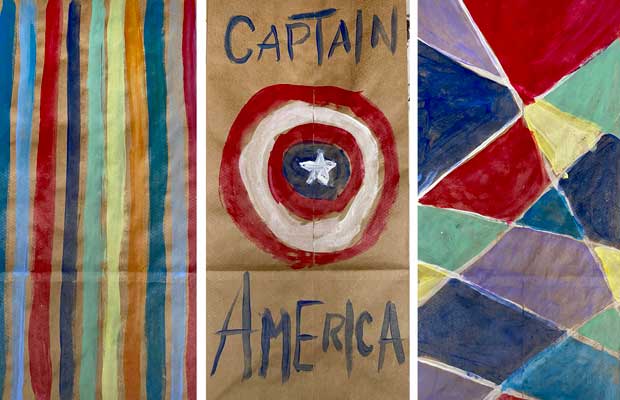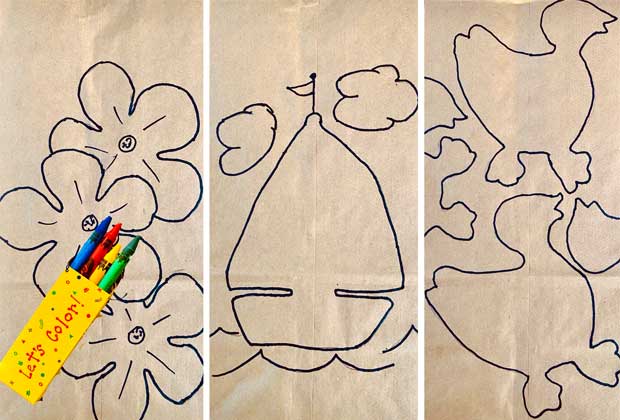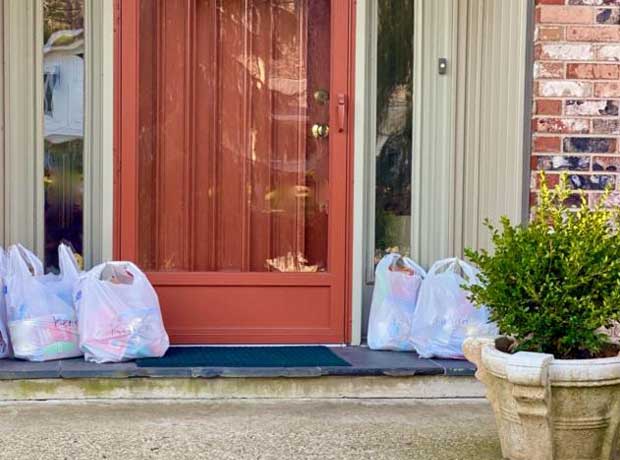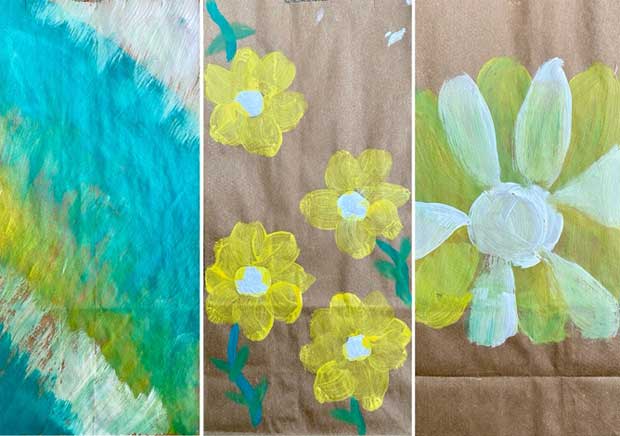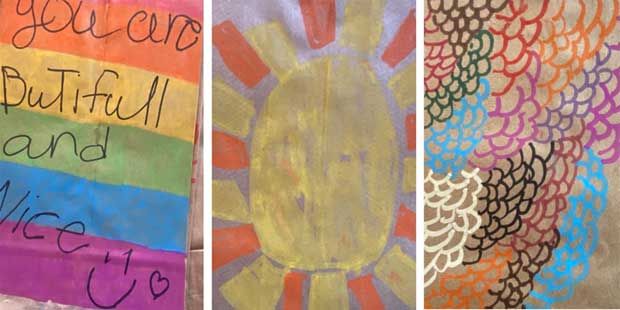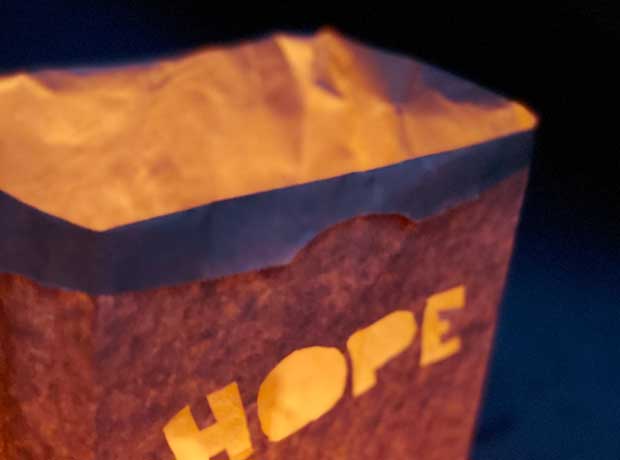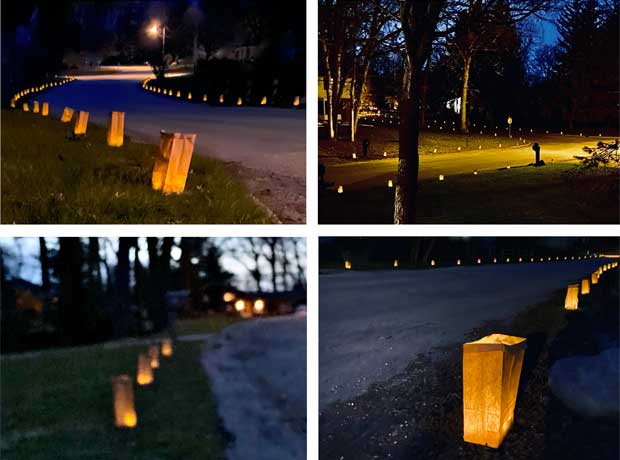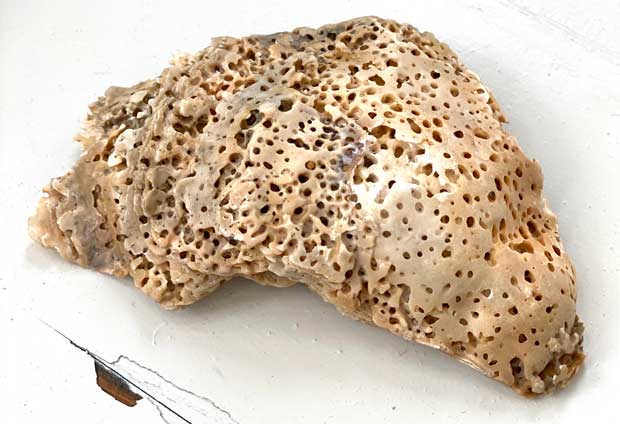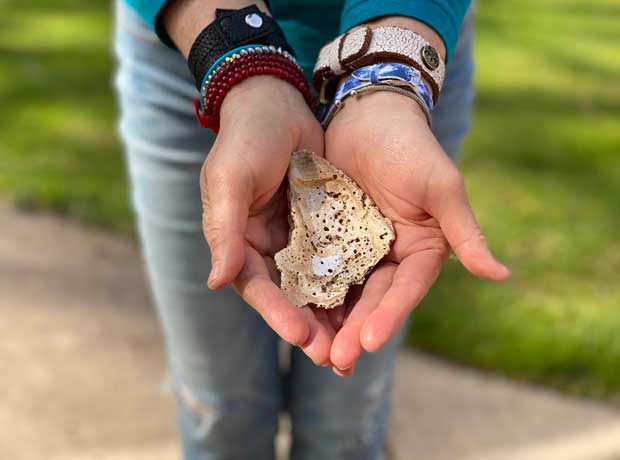Let Love Grow
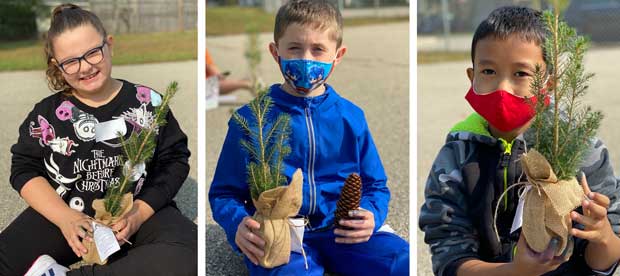
Let Love Grow shares the gift of art through the form of young trees, spreading beauty and joy while strengthening the health of the planet. By giving away saplings to students from underprivileged schools, we nurture creativity and encourage caring for our environment. The generative act of planting trees creates a piece of living art that cultivates hope for future generations. This creative, communal project invites participants to let love grow in their lives.
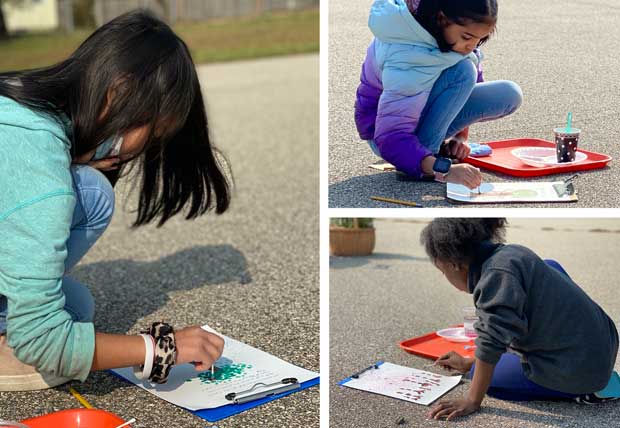
My dad loved to plant trees. His love for trees inspired my husband and me to plant a tree everywhere we lived, from California to Philadelphia to Denver to Germany to Grand Rapids.
One of my last memories of my dad was when we planted seedlings together along the highway. Somehow, he talked my family into helping him plant hundreds of seedlings. I didn’t exactly appreciate this opportunity at the time; it was hot, hard work.
Only a few months later, my brother called me to say, “Dad passed away.” At the funeral, a speaker told a story about my father handing out dozens of seedlings to a group of children for their moms on Mother’s Day. Even though I was sad about my dad dying, that story made my heart feel happy.
As I thought back over the memories of my dad, I realized how much he loved trees. Through planting trees, my dad taught me how to care for our world. As the biggest plant on our planet, trees make our world a beautiful place, provide oxygen and clean air, and give food and shelter to many animals. Plus, we can help reforest our planet after wildfires or other destruction.
Like my dad, I now use my art to plant trees and to love others. Art is necessary to help heal our broken world; planting a tree strengthens the health of the planet, but more than that, it creates a piece of living art to give beauty and hope to future generations.
A special thanks to Vans Pines Nursery for donating the saplings to our school program
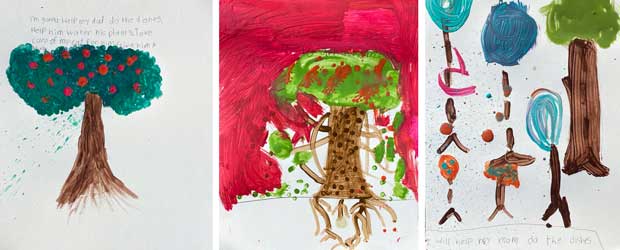
Since our art is very much collaborative and interactive, we would love for you to be part of this journey. Join our team and help support healing art.


